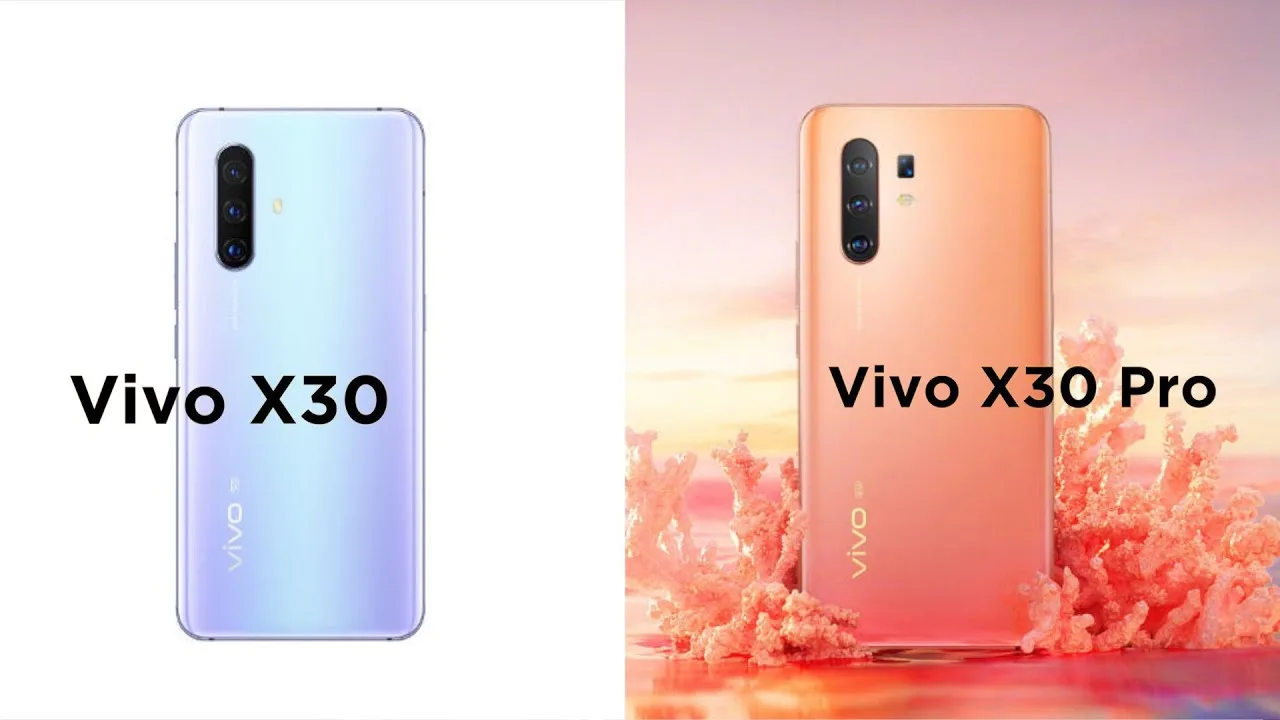Released in December 2019, the Vivo X30 was a mid-range smartphone that aimed to offer flagship-level features at a more accessible price point. While it may not be the latest model in 2024, understanding its strengths and weaknesses can offer valuable insights into smartphone evolution and help you decide if it’s still a relevant option for you.
Display and Design:
The X30 boasts a 6.44-inch Super AMOLED display with a Full HD+ resolution. This translates to vibrant colors, deep blacks, and excellent viewing angles. However, compared to modern flagships, the 1080p resolution might feel slightly dated, especially for users accustomed to sharper displays.
The design is where the X30 truly shines. It features a sleek and minimalist aesthetic with a minimal notch and a gradient finish on the back. The phone is comfortable to hold and feels premium despite being made of plastic. Interestingly, it also has a unique “pop-up” selfie camera, which might appeal to those who dislike punch-hole intrusions.
Performance and Battery:
The X30 is powered by the Samsung Exynos 980 processor, which was mid-range at the time of its release. While it can handle everyday tasks smoothly, it might struggle with demanding games and graphics-intensive applications. This is especially true compared to modern chipsets that offer significantly faster performance.
The phone packs a 4350mAh battery, which is quite large for its time. This translates to excellent battery life that can easily last a full day on a single charge with moderate usage. Additionally, the 33W fast charging allows you to quickly top up the battery when needed.
Camera:
The X30’s camera system is a highlight, featuring a quad-camera setup on the back and a single 32MP sensor for selfies. The main rear camera is a 64MP sensor, accompanied by an ultrawide sensor, a telephoto lens, and a depth sensor. This combination allows for versatile photography, including stunning landscapes, detailed close-ups, and portraits with bokeh effects.
However, it’s important to remember that the phone was released in 2019. Camera technology has advanced significantly since then, and newer models offer better image quality, low-light performance, and computational photography features.
Software and Other Features:
The X30 runs on Funtouch OS 10, which is based on Android 9 Pie. While it has received some updates since its launch, it’s no longer the latest version of Android. This means you might miss out on some newer features and security patches.
The phone also boasts several other features like an in-display fingerprint sensor, NFC connectivity, and a dedicated Jovi AI assistant. However, some of these features might feel less impressive compared to what modern flagships offer.
Conclusion:
The Vivo X30 was a decent mid-range smartphone in its time, offering a good balance of features and performance at an attractive price. However, with the rapid advancement of technology, it’s important to consider its limitations. If you prioritize the latest features, top-of-the-line performance, and the best possible camera experience, newer models will likely be a better choice.




